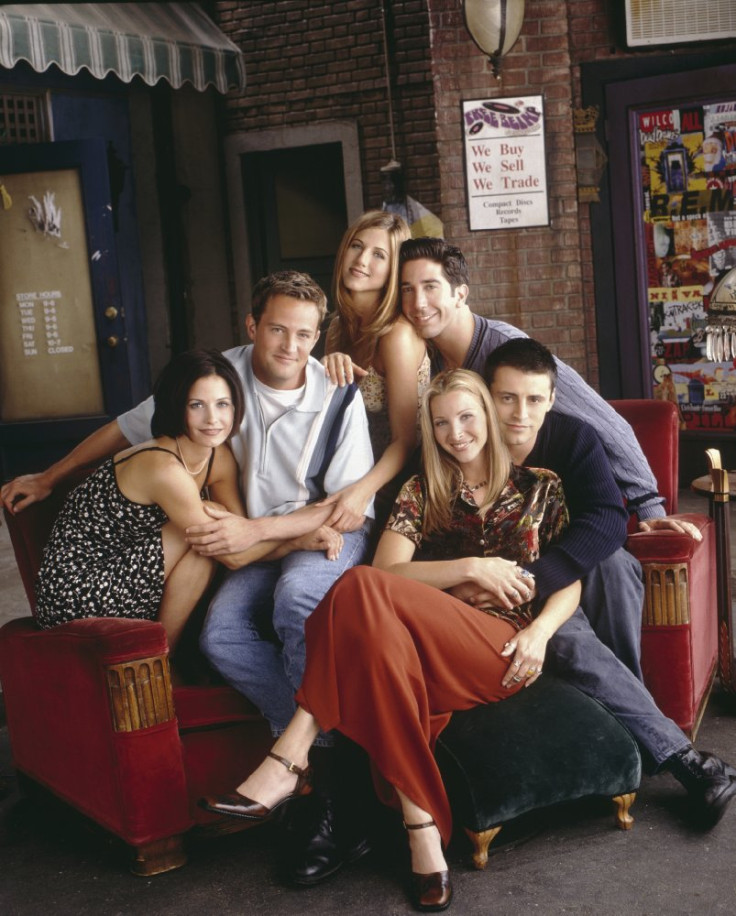Your brain can predict who you'll be friends with depending on how you see the world
We pick our friends based on our age, the music we like, the films we watch and the way our brains work.

Ben meets Jack and the two of them hit it off. With time, they become friends. Their relationship depends on many factors, like their taste in music or movies, what they look like, what they like to do. But their ties are also deeply rooted in how their brains work.
A study published in Nature Communication looks at why we become friends with certain people instead of others. It is closely linked to the way our brains react to the world.
Previous research has proven that we tend to become friends with people around the same age as us, who look like us, act like us, dress like us and who like the same things. This phenomenon is called homophyly.
The study shows that if two people's brain's react to external stimuli (such as video clips) in the same way, they are more likely to become friends than people who react differently to the stimuli.
When Ben watches a YouTube clip, his brain follows a pattern to process the information he is receiving and produces a reaction. If Jack processes the information in a similar way, Ben and Jack will be more likely to see the world eye to eye and become friends.
This is mostly due to the fact that people tend to apply what they know about themselves to others. If friends think alike and react to what happens around them in the same way, it is easier to predict what the other is thinking, will say or do, thus making it easier to form a friendship.
It also favours understanding between the two friends: if they agree on a range of topics, it is easier for Ben to put himself in Jack's shoes and vice versa.
A team from the University of Dartmouth and the University of California, Los Angeles (UCLA) set out to prove this by examining the relationships of 279 graduates.
They considered the subjects' ties within their social network: some were very close, or "first degree", friends, other were friends of friends and so on. The researchers also considered whether the relationships were mutual or one-sided.
The researchers paired up 42 of these graduates and made them watch videos on a number of topics, such as politics, while monitoring their neural responses through functional magnetic resonance imaging (fMRI). All participants watched the same videos in the same order.
The participants' emotional responses, higher reasoning (cognitive processing) and attention levels were monitored.
The reactions of close friends were more similar to each other than the reactions of people who were friends of friends or who did not particularly hang out together. People who were the furthest removed from one another within the social network would display more pronounced differences in their reactions.
So while Ben and Jack's brains reacted to a documentary or a debate in the same way, it is possible that Ben had a very different reaction than one of Jack's friends whom Ben knows but is not close to.
More research is needed to understand whether we are attracted to people who see the world as we see it, if friends tend to influence each other's vision of the world as time goes by, or if it is a little bit of both.






















